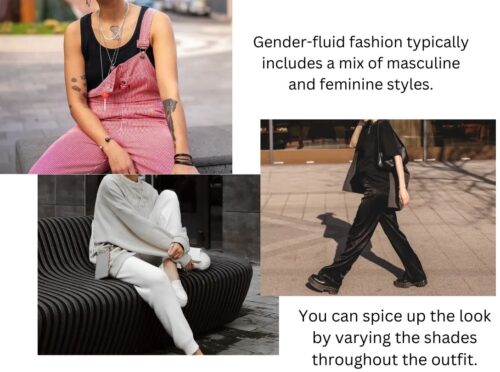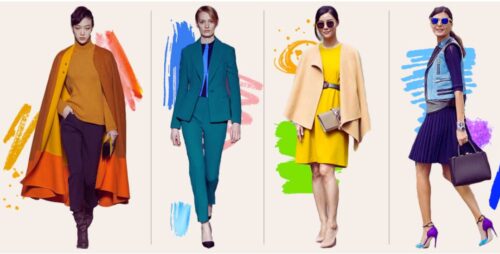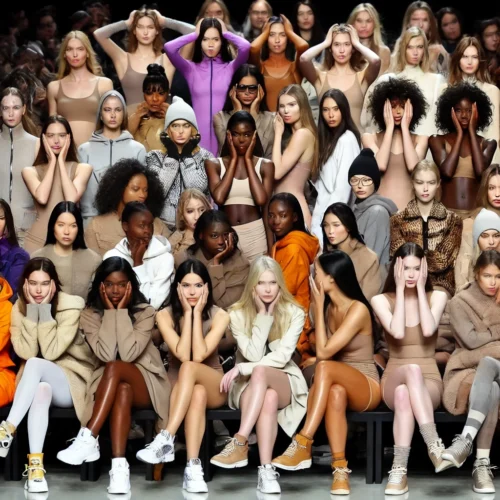Fashion Designer Salary: A Comprehensive Guide to Earnings in the Fashion Industry
“Fashion designers, the architects of style, receive more than just a salary; they earn the privilege to sculpt the world’s perception of beauty, crafting garments that ignite passion and leave an indelible mark on the fabric of society.”

Introduction
In the competitive world of fashion, aspiring designers often wonder about the potential earnings in this creative field. If you’re considering a career as a fashion designer and wish to gain insights into the salary expectations, you’ve come to the right place. In this comprehensive guide, we will delve into the intricacies of fashion designer salaries, providing you with valuable information and analysis to help you make informed decisions about your career path.
Factors Affecting Fashion Designer Salaries
Before we explore the specific salary ranges, it’s essential to understand the various factors that influence fashion designer earnings. Here are some key factors to consider:
Experience and Expertise
As with many professions, experience plays a crucial role in determining a fashion designer’s salary. Designers with a solid track record and a wealth of expertise in the industry often command higher compensation. Employers value the knowledge and skills gained through years of practice and exposure to different aspects of fashion design.
| Experience | Avg. Annual Salary |
| 0 – 5 years | 6.12 L |
| 6 – 10 years | 8.26 L |
| 11 – 15 years | 12.77 L |
| 16 – 20 years | 14.50 L |
| 20 years & above | 22 L |
| Expertise | Avg. Annual Salary |
| Technical designer | 5.60 L |
| Assistant designer | 2.56 L |
| Apparel associate | 3.13 L |
| Designer | 2.35 L |
| Stylist | 3.01 L |
| Merchandiser | 3.5 L |
Education and Credentials
Formal education in fashion design can significantly impact a designer’s earning potential. Holding a degree or certification from a renowned fashion institute showcases dedication and proficiency in the field, making designers more desirable to potential employers. Additionally, specialized training in specific areas such as pattern-making or textile design can enhance career prospects and salary prospects.
| Education | Avg. Annual Salary |
| Certification Courses | 2.70 L |
| Diploma Degree | 3.92 L |
| Undergraduate Degree | 4.26 L |
| Postgraduate Degree | 10.66 L |
Additional Skill that majorly requires in few aspects. An dedicative course and specialization are been provided by many organizations. These skill nowadays are included in a Fashion Designing course and can be learn additionally.
| Credentials | Avg. Annual Salary |
| Digital Design | 6.10 L |
| Product Development | 3.74 L |
| Technical Garment Knowledge | 3.91 L |
| Adobe Illustrator | 4.13 L |
| Graphic Design | 3.92 L |
| Market Research | 3.11 L |
Employer and Industry
The type of employer and industry sector also impact fashion designer salaries. Working for a prestigious fashion house or luxury brand often translates into higher earnings, while smaller boutique labels or independent designers may offer more modest compensation. Similarly, fashion designers in specialized areas such as haute couture or bridal wear may command higher salaries due to the unique skills required in those segments.
| Employer and Industry | Avg. Annual Salary |
| Levis | 6.2 L |
| Allen Solly | 5.6 L |
| Adidas | 7.47 L |
| Raymond | 5.5 L |
| Lifestyle | 5.2 L |
| Pantaloons | 4.8 L |
| Hidesign | 5.8 L |
| Marks & Spencers | 6.11 L |
| Zara | 6.8 L |
Location
Geographical location is another critical factor that influences fashion designer salaries. Fashion hubs such as New York, Paris, Milan, and London tend to offer higher compensation due to the abundance of opportunities and industry presence. On the other hand, salaries may vary in smaller or emerging fashion markets.
| Indian Location | Avg. Annual Salary |
| Mumbai | 3.5 LPA |
| New Delhi | 3.6 LPA |
| Bangalore | 3.6 LPA |
| Gurgaon | 4.0 LPA |
| Kolkata | 2.4 LPA |
| Noida | 4.0 LPA |
Above Salary Info Source…
Internationally Average Salary Ranges for Fashion Designers
Now that we have an understanding of the key factors at play, let’s dive into the average salary ranges for fashion designers around the world. Please note that these figures are approximate and can vary depending on the factors mentioned earlier.
- Entry-Level Fashion Designer:
- Annual Salary Range: $30,000 – $45,000 Monthly Salary Range: $2,500 – $3,750
- Mid-Level Fashion Designer:
- Annual Salary Range: $50,000 – $80,000 Monthly Salary Range: $4,167 – $6,667
- Senior Fashion Designer:
- Annual Salary Range: $85,000 – $150,000Monthly Salary Range: $7,083 – $12,500
- Top Fashion Designer:
- Annual Salary Range: $160,000+ Monthly Salary Range: $13,333+
Additional Factors to Consider
While the average salary ranges provide a general overview, it’s crucial to consider additional factors that can affect a fashion designer’s earnings. These factors include:
Freelance Work
Many fashion designers choose to work independently as freelancers, taking on projects or collaborating with multiple brands. Freelancers often negotiate their rates, which can vary significantly based on their reputation, client base, and the complexity of the project.
Commissions and Royalties
Designers who create their collections or collaborate on licensing deals may earn additional income through commissions or royalties. This form of compensation can substantially boost their overall earnings, especially if their designs become popular or iconic.
Entrepreneurship and Brand Ownership
Some fashion designers choose to establish their own fashion labels and become entrepreneurs. By creating their brands and managing the business aspects of the fashion industry, they have the potential to earn significant profits. However, entrepreneurship involves risks and requires strategic planning and effective marketing to achieve success.
Conclusion
In conclusion, a fashion designer’s salary can vary significantly depending on factors such as experience, education, location, and the type of employer or industry sector. While entry-level designers may start with modest earnings, dedicated professionals who excel in their craft and establish themselves in the industry have the potential to earn substantial incomes. It’s essential to remember that passion, creativity, and perseverance are equally crucial in a fashion designer’s journey to success.
Remember, success in the fashion industry goes beyond monetary rewards, as it offers the opportunity to create art, express individuality, and contribute to shaping trends that influence the world of style and beauty.
Explore more About Fashion ….




